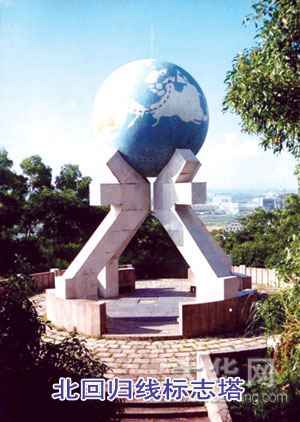

For host A, the switch knows its MAC address because of the ARP request that included it. Because host B responded with the ARP reply that included its MAC address, the switch knows the MAC address of host B and stores that address in its MAC address table.

Host C receives the ARP request, but doesn’t respond since the IP address listed in the request is not its own.Īs mentioned above, a switch learns which MAC addresses are associated with which port by examining the source MAC address of each received frame. Host B also learns the MAC address of host A (because host A sent its MAC address in the ARP request). SW3 receives those frames, but because SW3 blocks, SW3 ignores those received frames and does not learn their MAC addresses. Host B receives the ARP request and responds with its MAC address. The switch forwards the ARP request out all ports except the port the host A is connected to. Host A uses the ARP process to find out the MAC address of host B. Host A knows the IP address of host B, but since this is the first time the two hosts communicate, the hardware (MAC) addresses are not known. Let’s say that host A wants to communicate with host B for the first time. To better how a network switch works, take a look at the following example: loop avoidance – switches use Spanning Tree Protocol (STP) to prevent network loops while still permitting redundancy.forward/filter decisions – switches decide whether to forward or filter a frame, based on the destination MAC address.address learning – switches learn MAC addresses by examining the source MAC address of each received frame.So, when you have sticky enabled, as Kev has mentioned, the dynamic addresses are now saved in the running config as static, and now on copy to start up configuration, these dynamically learned addresses but now static, can survive a reboot. Switches usually perform these three functions in a LAN: With the sticky option, you are allowing dynamic addresses to be saved into the startup config.

This table is stored in the volatile memory, so associations are erased after the switch is rebooted.
#Dynamic mac address learning series
(source: Catalyst 4500 Series Switch Cisco IOS. Dynamic: Dynamic entries are automatically added to the table through a process called MAC learning, in which the switch retrieves the source MAC address. When you enter this command, the interface converts all the dynamic secure MAC addresses, including those that were dynamically learned before sticky learning was enabled, to sticky secure MAC addresses. The table that stores such associations is called a MAC address table. To enable sticky learning, enter the switchport port-security mac-address sticky command. When a switch receives a frame, it associates the media access control (MAC) address of the sending device with the port on which it was received. Switches also use MAC addresses to make accurate forwarding or filtering decision. Devices that want to communicate need to know each other MAC addresses before sending out packets. This address is used in LANs for communication between devices on the same network segment. Each network card has a unique identifier called a Media Access Control (MAC) address.


 0 kommentar(er)
0 kommentar(er)
